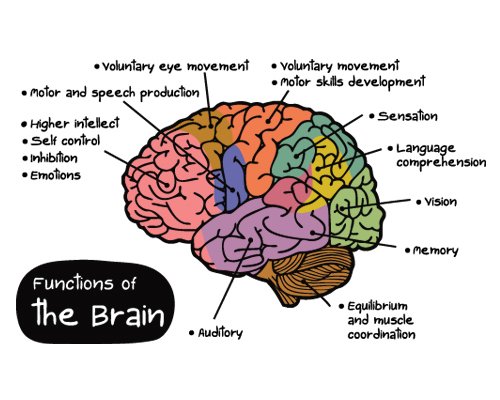Brain May Alter Cerebral Functions to Compensate for Motor Deficits in Friedreich’s Ataxia

Researchers detected alterations in cerebral brain functions of patients with Friedreich’s ataxia and believe they may mitigate the impact of motor impairments of the disease.
The study, “Cerebral compensation during motor function in Friedreich ataxia: The IMAGE-FRDA study,” was published in the journal Movements Disorders.
Friedreich’s ataxia (FA), the most common inherited ataxia is characterized by motor deficits that include limb, gait and poor balance control, among others. The degeneration of peripheral and spinal neurological functions have been linked to motor symptoms in FA.
Recently, a small study of Friedreich’s ataxia patients used functional magnetic resonance imaging (fMRI), and found that parts of the brain of FA patients showed functional deficits.
These findings seem to suggest “that a common set of brain abnormalities may contribute to the motor deficits in [Friedreich’s ataxia],” the researchers wrote. Their contribution to the disease, however, remains unclear.
In this study, the authors aimed to expand the knowledge of cerebral functions in FA using a larger research cohort, and investigate what they call “attentionally demanding motor production” — measuring patients’ motor responses when they are goal-oriented. This, they explained, “may more closely approximate real-world behavioral demands and provide new insights into the role the cerebrum may play in the morbidity of Friedreich’s ataxia.”
The study included 25 people with FA and 33 healthy control subject, all of whom performed tasks that engaged both simple and attentionally demanding motor behavior — self-paced, single-finger and visually-cued multi-finger tapping tasks, respectively.
They analyzed patients’ responses with functional MRI where, for each task, whole brain functional activation was compared between control and FA groups, and correlated with disease severity and motor dexterity measures.
The analysis showed that Friedreich’s ataxia patients have functional abnormalities in the cerebral cortex (the outermost layer that surrounds the brain), which underlie simple self-paced and more complex attentionally demanding motor tasks.
“Cerebral changes may represent capacity limited compensatory processes operating at the network level of brain function, which serve to mitigate the behavioral impacts” of disease progression, the researchers wrote.
These findings may help in the development of new therapies for Friedreich’s ataxia patients, they concluded.






